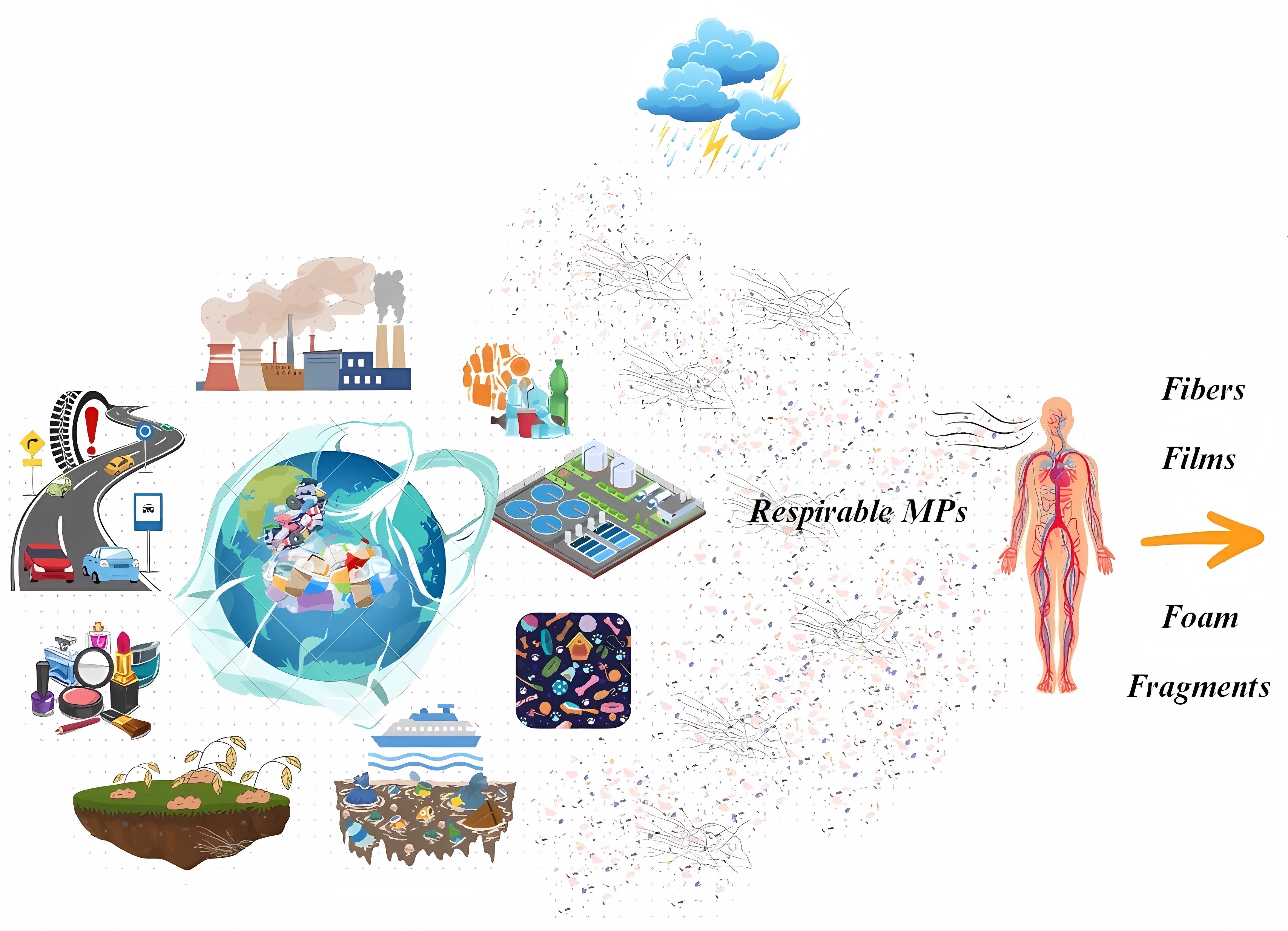
Microplastics, found in various environments oceans, freshwater systems, soil, and the atmosphere, can enter ecosystems through various pathways, including the degradation of macroplastic parts or direct release from consumer products. By polluting terrestrial, freshwater, and marine ecosystems, their formation, fate, and distribution increasingly threaten living life and ecosystems. Once found in the environment, microplastics can persist for a long time and cause toxicity by accumulating in different ecological sections. These particles can be ingested by a wide range of organisms, including species living in water, birds, and terrestrial animals, negatively affecting ecosystem functioning. Ecological risks associated with microplastics include disruption of food webs, altered nutrient cycling, and potential long-term effects on population dynamics and ecosystem stability. The accumulation of microplastics and associated toxicants in organisms can have cascading effects on higher trophic levels and ultimately affect entire ecosystems. However, biomarker studies have revealed the potential for bioaccumulating microplastics and related chemical pollutants throughout the food chain. With the analysis of biomarkers, the uptake and accumulation of microplastics in the gastrointestinal tract, tissues, and organs of organisms can be determined. Biomarkers help assess the impact of pollutants on individual organisms and provide insight into potential risks to entire ecosystems. Therefore, it is crucial to develop effective mitigation strategies, environmental monitoring programs, and regulatory measures to minimize the harmful effects of microplastics on ecosystems and human health. This study specifies the toxicity effects of microplastic detection on living organisms in the receiving environment through biomarker-based monitoring studies and also emphasizes the need for a multidisciplinary approach.
Total file downloads: 35